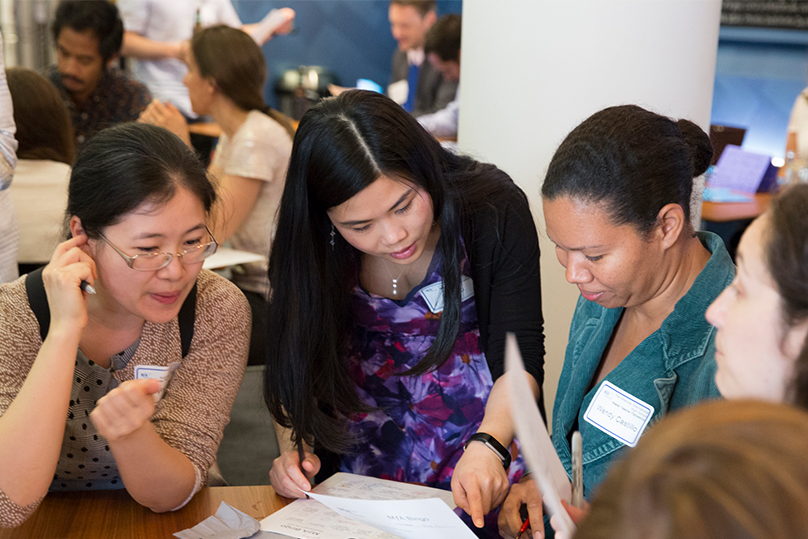
How MƒA supported Susie Li to make the transition to teaching computer science.
When the computer science teacher at P.S. 126 Jacob August Riis retired in 2019, school administrators asked MƒA Master Teacher Susie Li if she would consider taking the position. Having taught math at the school for more than a decade by that point, Li had already taken the initiative to learn some HTML and CSS coding in order to create a website where she shared learning videos with her students. The experience inspired her personally, and she also knew how essential it was for students to gain a solid foundation in computer science, given the extent to which technology continues to shape our society.
For these reasons, Li jumped at the opportunity her administrators offered. “That’s when I started panicking,” she recalls. “Learning coding on your own and teaching it are two different stories.”
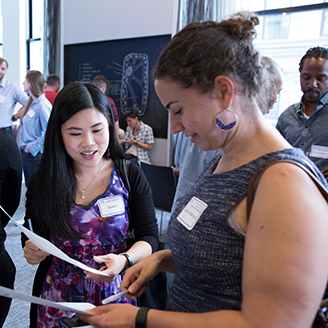
Rather than let herself get too intimidated, Li drew confidence from the resources, knowledge and support available through MƒA. While developing her own coding skills, she had previously taken two MƒA workshops in the open-source electronics platform Arduino, and used what she learned to launch a small after-school coding club. “The kids used recycled materials to build things with the Arduino,” she says. “It's pieces that you connect, and then you can have a program, including running the motor to make something move.”
After accepting the computer science teaching position, Li started looking into more relevant MƒA professional development. “I need something that is fun, and something that I can use,” she recalls thinking. In the fall of 2019, Li joined a Professional Learning Team (PLT) focused on working with LEGO EV3 programmable robots to develop engaging STEM lessons.
“Without the support of the LEGO EV3 PLT, I would not have been able to offer a robotics program to my sixth grade students as a first-year computer science teacher,” Li says. “I was determined to do something fun in addition to text-based coding, which I think students have to be exposed to,” Li says.
In the PLT, Li learned the basics of how to program the EV3 robot with different sensors, and developed a self-paced packet that students can use in pairs to tackle a series of 19 challenges according to their own level of experience and ability. Her MƒA colleagues also provided specific tips and tricks that helped her manage the logistics of the program. “They shared how they sort the LEGOs, the procedure, and how you make sure kids are getting what they need,” Li says. “Stuff like that really helps to launch the curriculum successfully.”
“Learning coding on your own and teaching it are two different stories.”
Outside of more formal learning opportunities, Li has taken advantage of the MƒA Small-World Network, a private online community and knowledge sharing platform for MƒA teachers, to facilitate her transition to teaching computer science and develop her curriculum. “I’ve posted questions on the Small-World Network and got really good feedback and responses,” she says. “Because I'm able to make connections and meet people doing the same work, my confidence has grown in coding and teaching computer science. I feel like I'm not afraid to try something new.”
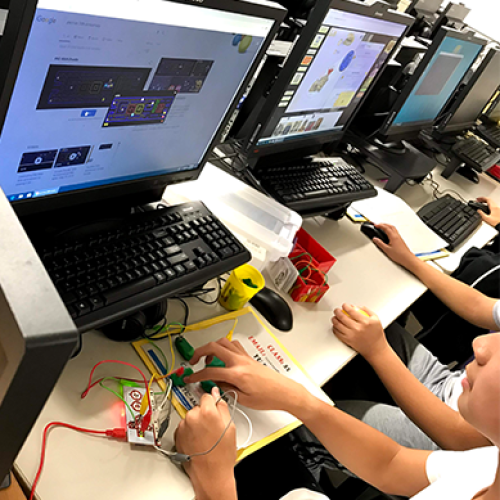
Li's students take part in a robotics enrichment course, the first of its kind at their school.
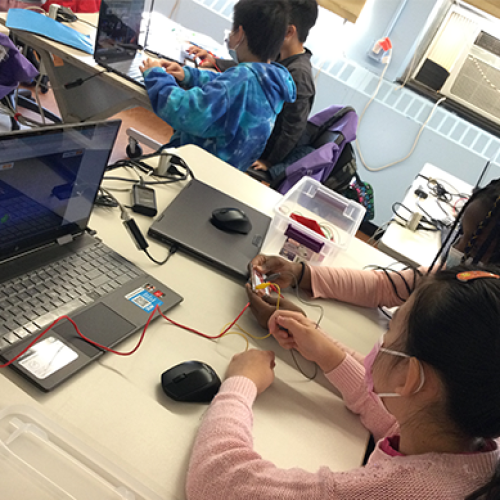
Using resources from MƒA, Li launched an after-school coding club for her students.
Li recently has been experimenting with what she calls her “newest obsession” — 3D printing — alongside her seventh and eighth grade students. As a first project, the students made “identity keychains” using the online 3D modeling program Tinkercad. “They’re supposed to create a keychain that reflects who they are — their favorite color, their ethnicity, a quote they like,” Li explains. “It’s about cultural responsiveness, reflecting about who you are, and also creating something tangible and useful.”
P.S. 126 Jacob August Riis is a K-8 school, and Li is working to ensure that elementary-age kids get the benefit of early exposure to computer science. “I’ve done school-wide events where my middle schoolers host the event and the little kids come and play coding games online,” she says, adding that she wants to do something similar with 3D printing.
Li believes making the transition to computer science and developing such hands-on, engaging and challenging classroom activities for her students has changed her own sense of identity as an educator. “At the beginning, I was still in a math teacher mindset: I need to have an assignment. I need to get an outcome. I need to get a grade,” she says. “Now I still have structure within my classroom, but at the same time, I encourage them to explore.”
She views MƒA as a “tight-knit,” collaborative support system that has helped her feel confident making that shift. “The biggest thing is having that sense of security,” Li says. “It's a community where people are willing to share. Sharing what you have and seeing someone use what you have and make it better is the norm, and I value that.”
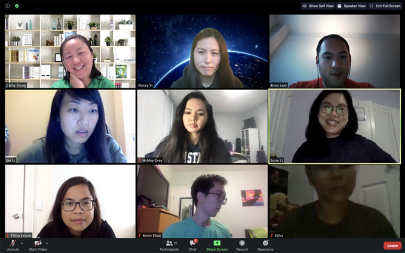
During a remote MƒA PLT, Li and fellow MƒA teachers explored how to use LEGO EV3 robots to develop robust and engaging STEM lessons.
"It is Time for a Change"
In the spring of 2021, Susie Li and fellow MƒA Master Teachers Brian Lam, Cathy Xiong, and Sin (Sharon) Li penned the MƒA Teacher Voices op-ed "It is Time for a Change" about the experiences and lessons they've learned as Asian American educators. In the piece, they explain that by learning to connect across differences and embrace similarities together, teachers can help their students do the same.